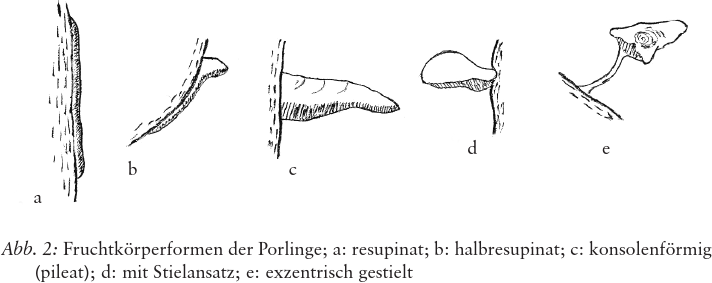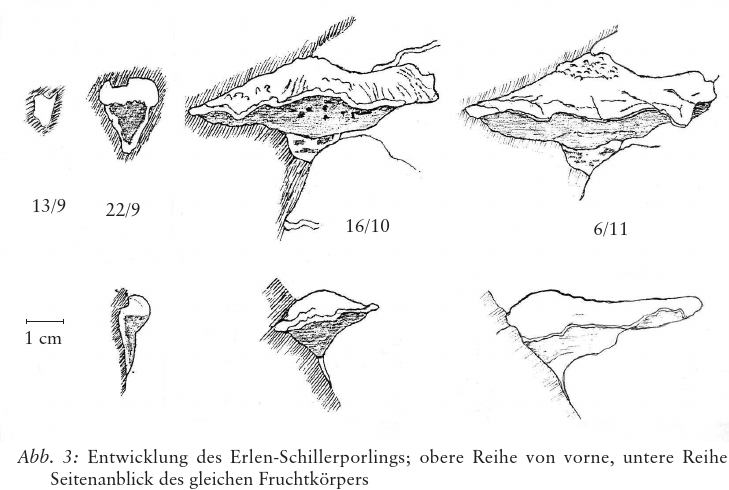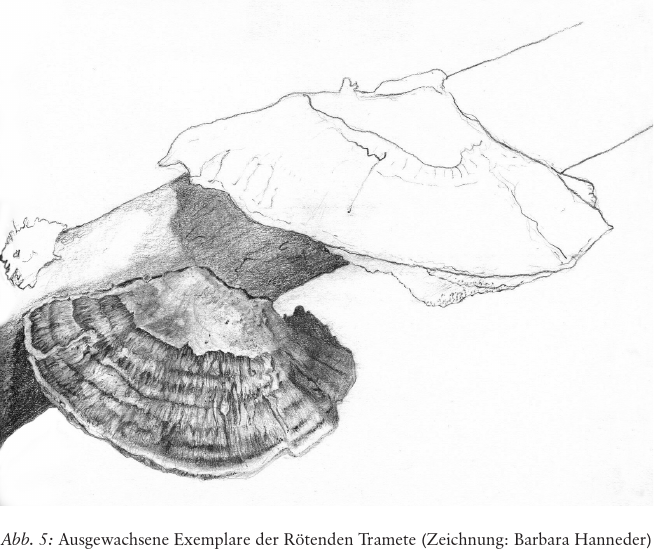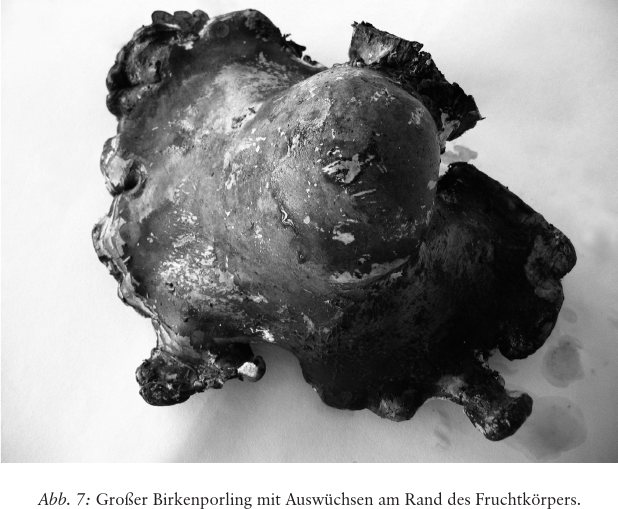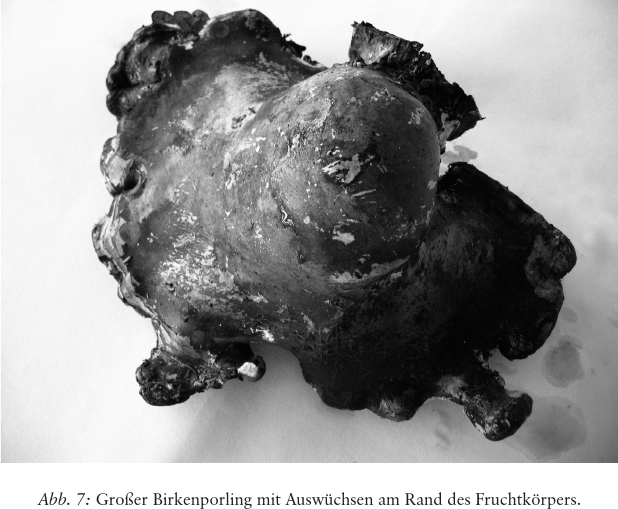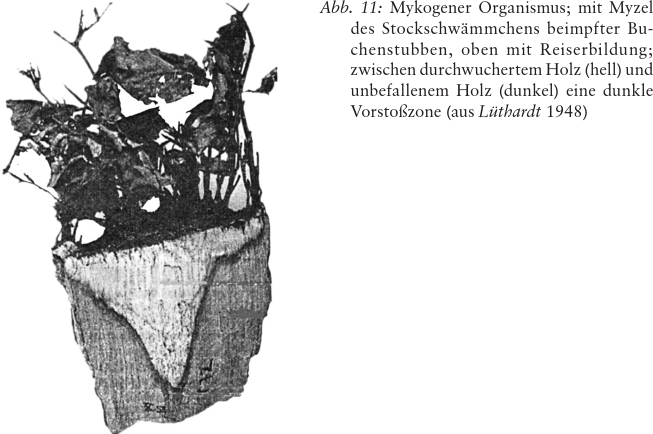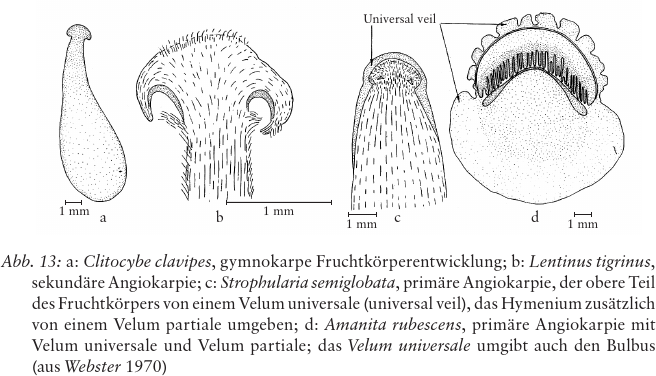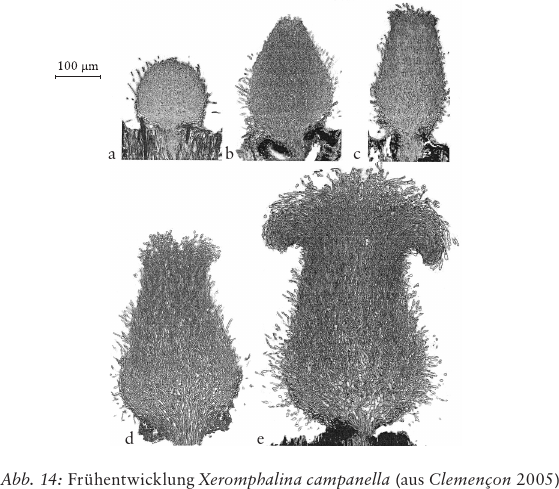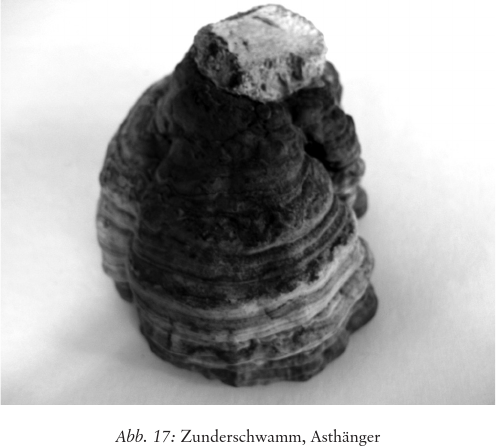Fruchtkörperentwicklung bei Porlingen
Export Article Citation as
- Plain text
- BibTeX
- RIS format
- Download price : € 6.00
Abstract:
Bracket fungi and other polypores constitute a group of large fungi that decompose wood and whose fruiting body shapes can be categorised in a series based on increasing elevation from their substrate. Similarly, the individual fruiting body develops from a small disc, adhering to the substrate, via a semi-resupinate form into space. In addition, fruiting bodies of a particular species, according to their position on the substrate, can take on almost all the forms of the polypores as a group. This paper attempts to get closer to the fundamental idea living in this diversity, i.e. the archetype of the fruiting body of the polypores. For this it is helpful to make a comparison with the gill fungi. The fundamental theme of the gill fungi is not the emancipation of the fruiting body from its substrate, which in that group is predetermined by the stem, but the closure of the developing hymenium against the outer world and the tendency to develop the fruiting body in a bud like condition (‘endogenisation’). The ontogenesis of the gill fungi shows a series of clear stages: initiation, general design, growth and appearance into space, finalization. In the polypores the shape is gradually moulded during growth and the end of this process is often reached only hesitatingly. Despite all the plasticity with which the fruiting body of a bracket fungus responds to its position on the substrate, it nevertheless maintains its inner principle. Along the horizontal axis, which leads from the activity of the mycelium with its invisible processes into visibility of the fungus, already formed substance is being dissolved and, in the organ of the cap edge, brought into a new form. Along the vertical axis the fungus takes up a relationship to space in such a way that the light and gravity qualities of the latter are expressed. The extent to which these qualities are able to appear in the fruiting body are determined by its position on the substrate.

